116
6
3 minutes
Suggested Articles
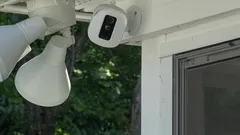
Hacker exposed after spying on families through parental control apps
A hacker exploited a security flaw in a kids' Android app to watch families, but the story takes a twist when it’s revealed his privacy was compromised too. Discover what this means for tech safety, and how to protect your family online.
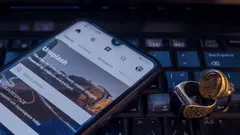
Invisible interface hack puts millions of Android phones at risk
Online Safety & Privacy
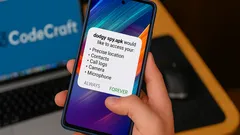
Your Smartphone May Be Secretly Hacked: Spot the Warning Signs Now
Smartphones & Apps

Why owning a Google Pixel could make you a target for suspicion
Online Safety & Privacy
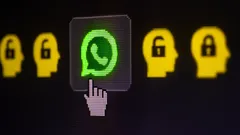
5 Hidden Signs Your WhatsApp Is Being Watched and How to Stop It Now
Online Safety & Privacy

Unlock the hidden phone setting that protects your bank account from scammers
Online Safety & Privacy
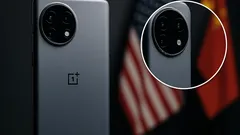
OnePlus Faces Major Security Investigation Shaking Up U.S. Smartphone Market
Online Safety & Privacy

Former Hacker Reveals Secrets to Outsmart Cybercriminals and Protect Your Money
Online Safety & Privacy

Hundreds of Malicious Apps Lurk on Google Play—How to Protect Your Data
Online Safety & Privacy
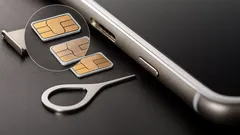
The hidden purpose of tiny holes on your smartphone will surprise you
Smartphones & Apps

Playing video games together strengthens relationships and sparks real connection
AI & Everyday Tech

US crypto pioneers transform bold risk into life-changing fortunes
AI & Everyday Tech

Tech leaders embrace waste-to-carbon solutions as Microsoft bets big on green AI
AI & Everyday Tech

Travelers and campers embrace portable backpack laundry tech for freedom and clean clothes anywhere
Gadgets & Reviews
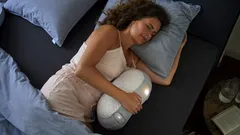
Sleep experts champion a smart anti-snoring belt for restful nights and healthier mornings
Gadgets & Reviews

Drivers use Google Maps and Waze to avoid fines but risk safety trade-offs
AI & Everyday Tech
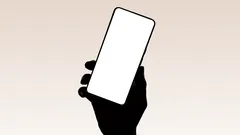
App lovers seize this week’s best free premium downloads before time runs out
Smartphones & Apps
 W3 CodeCraft
W3 CodeCraft

Comments